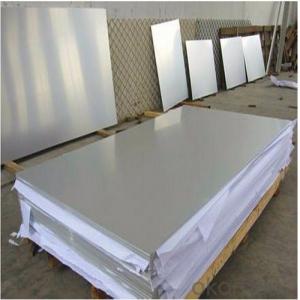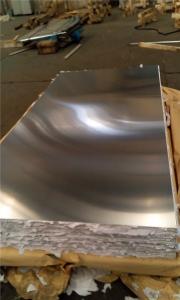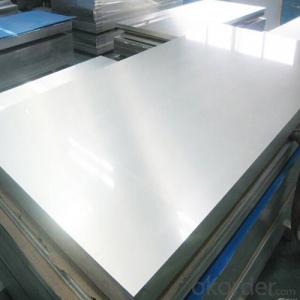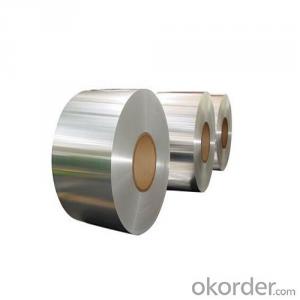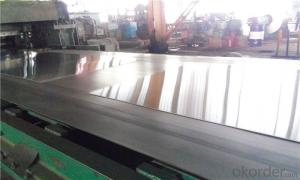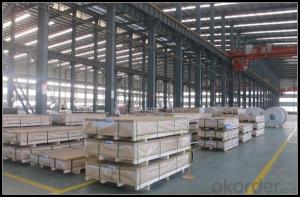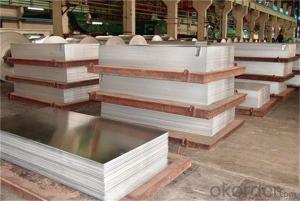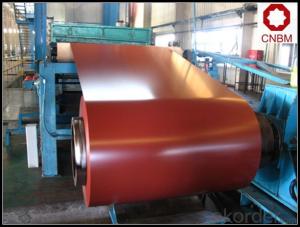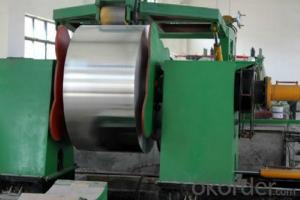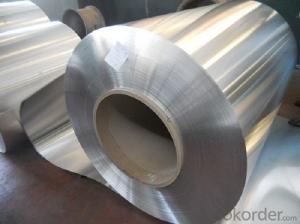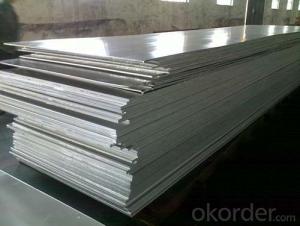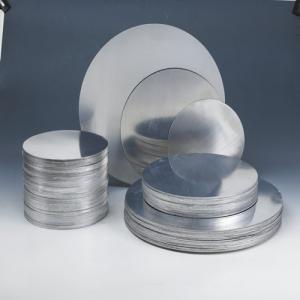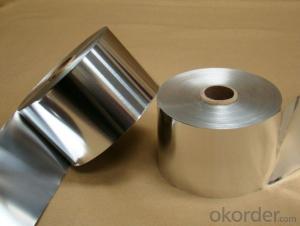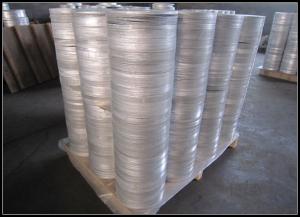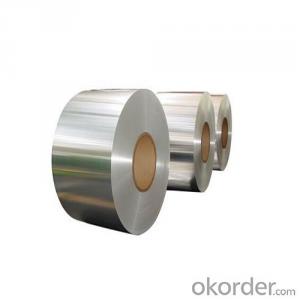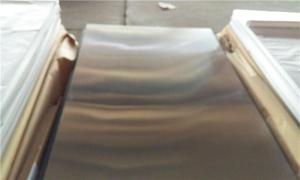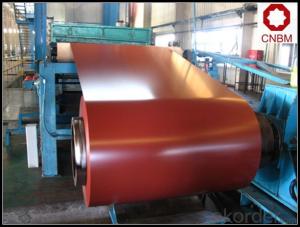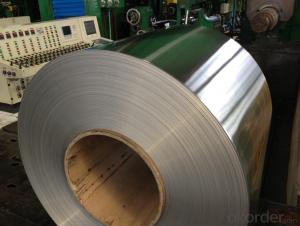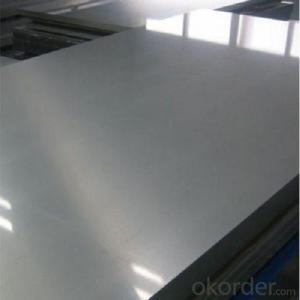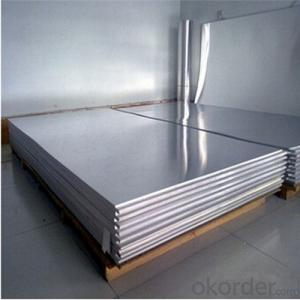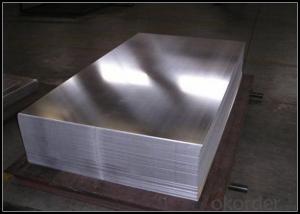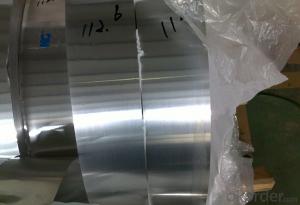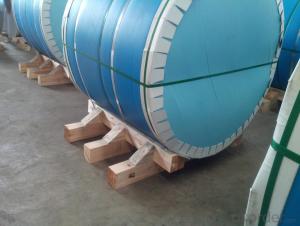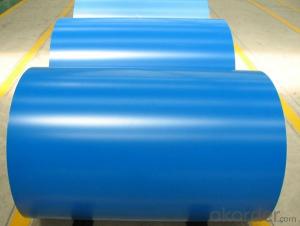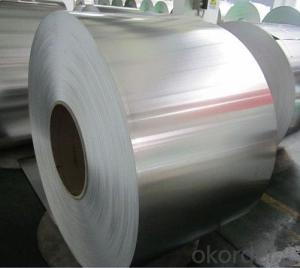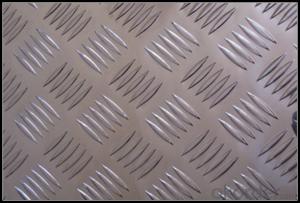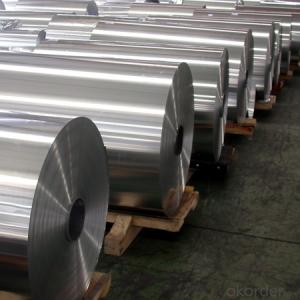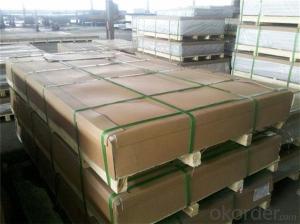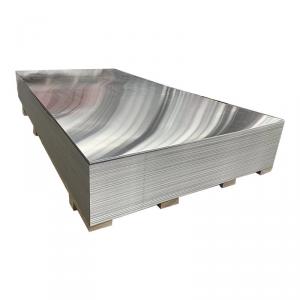5052-H32 Aluminum Plate
5052-H32 Aluminum Plate Related Searches
5052 H32 Aluminum Plate 5086 H32 Aluminum Plate 5083-H32 Aluminum Plate 5052-H32 Aluminum Sheet 5052 Aluminum Plate 5083 H32 Aluminum Plate 1/4 5052 Aluminum Plate 5052 0 Aluminum Plate 4032 Aluminum Plate 5083-H321 Aluminum Plate 3 16 Aluminum Plate 5052 5052 Aluminum Plate Suppliers 3/16 Aluminum Plate 5052 5086-H116 Aluminum Plate 5083 H321 Aluminum Plate 5083-H116 Aluminum Plate 5086 Aluminum Plate 5086 H116 Aluminum Plate 5083 H116 Aluminum Plate 5005 Aluminum Plate 1050 Aluminum Plate 6082 Aluminum Plate 5052 Aluminum Bar Stock 5052 Aluminum Round Bar Stock 5456-H116 Aluminum Plate 5083 Cast Aluminum Plate 5083 0 Aluminum Plate 7050 Aluminum Plate 1350 Aluminum Plate 3003-H22 Aluminum Diamond Plate5052-H32 Aluminum Plate Supplier & Manufacturer from China
5052-H32 Aluminum Plate is a type of aluminum alloy plate known for its excellent corrosion resistance, weldability, and formability. This alloy is widely recognized for its superior properties, making it a popular choice for various industries. The 5052-H32 Aluminum Plate is utilized in a broad range of applications, including marine environments, transportation, and construction, where its strength and durability are essential. Its versatility allows it to be used in the manufacturing of components such as boat hulls, ship structures, and automotive parts. Okorder.com is a leading wholesale supplier of 5052-H32 Aluminum Plate, boasting a substantial inventory to cater to the diverse needs of clients across different sectors. By offering a comprehensive selection of this high-quality product, Okorder.com ensures that customers have access to reliable and cost-effective solutions for their aluminum plate requirements.Hot Products

